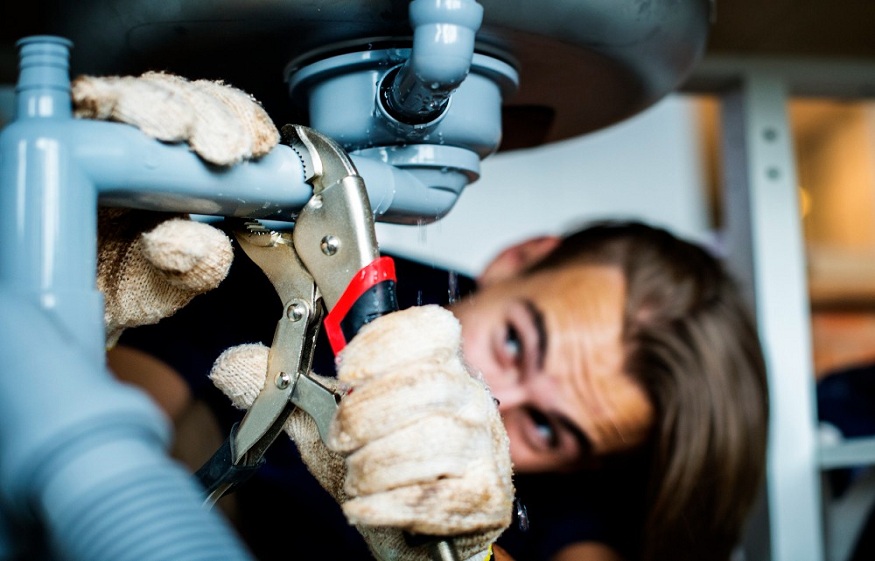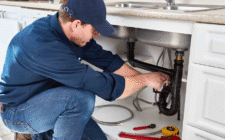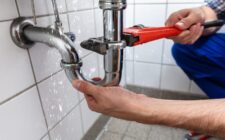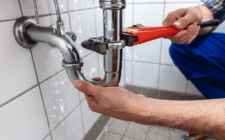The home plumbing system is a silent workhorse, reliably delivering clean water and routing waste away from the living space. Most homeowners don’t give it a second thought until that system fails spectacularly, turning a peaceful evening into a chaotic, waterlogged disaster. Plumbing emergencies are not only stressful but can also inflict significant financial damage through water damage, mold, and ruined possessions. While some failures are unavoidable, the vast majorities of common plumbing crises are the direct result of neglect, improper use, or deferred maintenance. Understanding the most frequent emergencies and, more importantly, establishing a proactive prevention strategy is the key to maintaining a dry home and a healthy bank account.
The most common Emergency Plumbing in Los Angeles – Drain City Plumbing often share two characteristics: they are sudden, and they involve water where it absolutely shouldn’t be. These crises typically stem from four major categories: burst pipes, severe clogs, water heater failures, and sewer line backups. Learning to identify the warning signs and taking simple, preventative action can reduce the odds of experiencing one of these costly events.
The Catastrophe of Burst Pipes
A burst pipe is arguably the most destructive plumbing emergency. It can quickly flood a home, causing tens of thousands of dollars in structural and cosmetic damage within hours. The most frequent cause of burst pipes is freezing temperatures, which cause water inside the pipes to turn to ice and expand, building up immense pressure that cracks the pipe material. However, pipes can also burst due to old age, high water pressure, or corrosion that weakens the material.
The best defense against burst pipes is prevention, especially in cold climates. Insulation is paramount. Ensure all exposed pipes, particularly those in unheated areas like basements, attics, crawl spaces, and exterior walls, are properly wrapped with foam insulation sleeves. During a severe cold snap, keeping cabinet doors open under sinks allows warmer room air to circulate around the pipes. A simple, yet effective, trick is to let a faucet drip slowly during extreme cold. The movement of the water, even a trickle, prevents pressure from building up and drastically reduces the risk of a burst. For aging homes with known galvanized or corroded pipes, a professional plumbing inspection can identify vulnerable sections that should be preemptively replaced.
Clogs That Cripple the System
While a clogged toilet is a nuisance, a severe blockage in a main drain line or a shower drain that won’t clear can signal a looming crisis. When water has nowhere to go, it will eventually back up into the home, often bringing sewage and contaminants with it.
The main culprits for internal clogs are usually cooking grease, hair, and non-flushable items. Kitchen drains are frequently abused by grease and oil. While liquid when hot, grease solidifies as it cools, sticking to the inside of pipes and trapping other debris. The simple preventative solution is to never pour grease, coffee grounds, or food scraps down the sink. Wipe greasy pans with a paper towel and dispose of the residue in the trash. Bathroom drains are vulnerable to hair and soap scum buildup. Installing inexpensive hair traps or strainers in showers is a highly effective preventative measure.
The Crisis of Sewer Line Backups
A sewer line backup is one of the most unpleasant and expensive emergencies a homeowner can face. When the main line connecting your home to the municipal sewer or septic system becomes blocked, sewage backs up into the lowest drains in the house, typically the basement floor drain or toilet. The primary causes are often tree root intrusion, line deterioration, or flushing improper materials.
Preventing a sewer backup requires a proactive understanding of your property’s exterior. If you have mature trees near your sewer line, consider a main drain line camera inspection every three to five years. Tree roots are tenacious and will infiltrate tiny cracks in the search for water and nutrients, eventually forming a massive blockage. If roots are found, the plumber can perform hydro-jetting to clear them, a much cheaper solution than an excavation. Furthermore, be extremely mindful of what goes into the drains, as excessive grease, solid objects, and paper products other than toilet paper contribute to major sewer clogs over time.
Conclusion
Plumbing emergencies are often viewed as inevitable acts of misfortune, but a change in mindset—from reactive repair to proactive maintenance—can dramatically alter your home’s vulnerability. By insulating pipes, respecting drains, servicing the water heater, and knowing your shut-offs, you are effectively taking out an insurance policy against water damage and the stress of a plumbing disaster.




